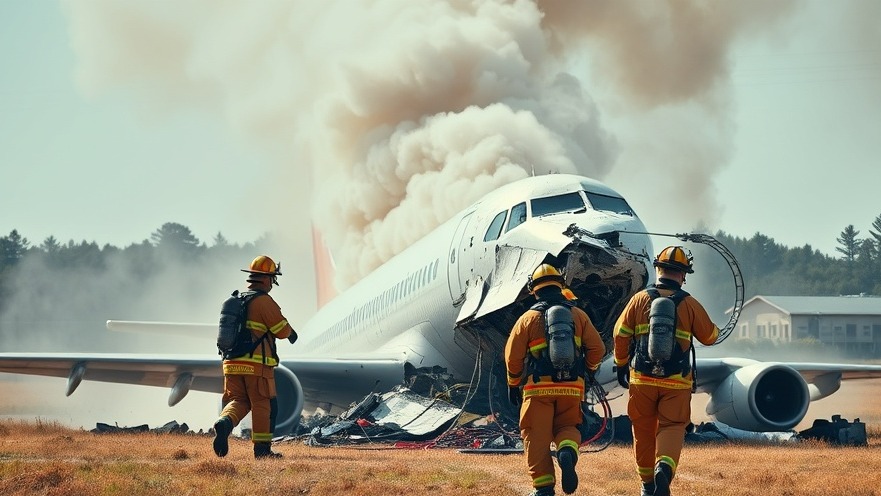
Understanding the Impact of Moody’s Downgrade on US Creditworthiness
Recently, Moody's Investor Service made headlines by announcing that it has stripped the U.S. government of its coveted triple-A credit rating. This decision sent ripples through the financial community, raising alarms about the potential implications for the economy and public confidence. For franchisors, understanding such shifts is crucial in maintaining operational efficiency and brand consistency.
The Significance of a Triple-A Rating
A triple-A credit rating signifies the highest level of creditworthiness, essentially telling investors that the risk of default on debt securities is minimal. It is a benchmark that not only affects the government but has ramifications across various sectors, including franchise operations. When the federal government loses this rating, borrowing costs may increase, which can lead to higher interest rates for businesses and consumers alike.
Potential Repercussions for Franchise Models
With rising costs, franchisors may need to reconsider their operational strategies. Higher interest rates can affect capital investments and inhibit growth. For example, an increase in the cost of loans might make it harder for a franchisor to fund new locations or refurbishments. Furthermore, this financial environment could prompt deeper scrutiny of cost structures, compelling franchisors to become more efficient in their operations.
Strategies for Maintaining Brand Consistency Amid Economic Uncertainty
As franchisors face challenges stemming from the economic landscape, maintaining brand consistency is critical. Enhanced training programs can equip franchisees with tools to manage increased costs while ensuring customer satisfaction. Additionally, leveraging technology can streamline operations, enabling franchises to reduce overhead costs and improve overall efficiency.
Looking Ahead: Predictions for Franchisors Post-Downgrade
Experts forecast a period of adjustment for businesses navigating the aftereffects of the credit rating downgrade. Franchisors should prepare for potential shifts in consumer spending habits as economic anxieties rise. Building flexible operational models and pivoting to digital resources for marketing and customer engagement can provide franchises with the tools needed to remain resilient.
Key Takeaways for Franchisees to Enhance Performance
Franchisees must stay ahead of the curve by reassessing their financial strategies in light of potential market fluctuations. Regular performance reviews and cost analyses can help franchises identify areas for improvement. Knowing the importance of common metrics — such as customer retention rates and sales growth — can aid franchisees in refining their approaches to ensure stability during uncertain economic times.
Actionable Insights to Thrive in Challenging Times
1. Embrace Technology: Implement software solutions that track operational performance and enhance communication among franchisees.
2. Focus on Employee Training: Invest in training that prepares staff to manage changes effectively, emphasizing customer engagement and service excellence.
3. Monitor Financial Health: Keep a close eye on financial metrics to ensure liquidity and prepare for potential costs increases due to economic changes.
While the downgrade from Moody’s is a serious matter, franchisors equipped with foresight and strategic planning can navigate these upheavals successfully. By taking proactive steps to optimize operations and maintain brand integrity, franchises can continue to thrive in a changing economic landscape.
As franchisees face an uncertain future, it’s essential to take action now. Assess your current operations and make necessary adjustments to ensure your business can withstand economic challenges. The time to adapt is now — are you ready to optimize your franchise for success?
 Add Row
Add Row  Add
Add 






Write A Comment